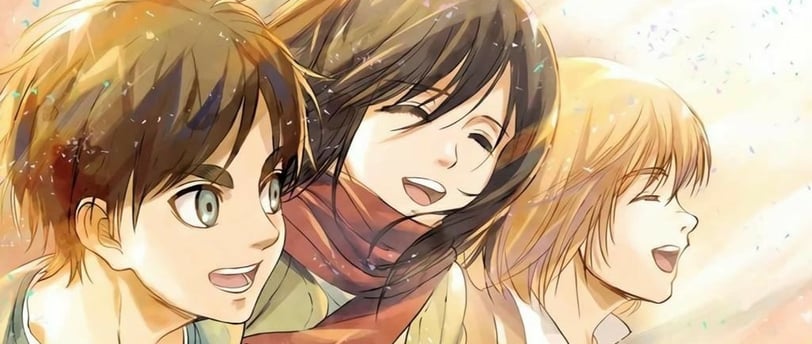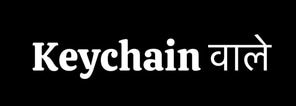Why Are the Anime and Manga of Attack on Titan Different?


Secret of AOT stories
Attack on Titan, a popular Japanese manga and anime series, has captivated audiences worldwide with its gripping storyline and intense action. However, fans of the series may have noticed that there are some differences between the anime adaptation and the original manga. In this blog post, we will explore the reasons behind these variations and delve into the creative choices made by the creators.
1. Pacing and Length
One of the primary reasons for the differences between the Attack on Titan anime and manga is the pacing and length of the two mediums. Manga, being a written medium, allows for more detailed storytelling and character development. On the other hand, anime episodes are typically limited in time, often around 20 minutes per episode. As a result, certain scenes or storylines may be condensed, altered, or omitted in the anime adaptation to fit within the time constraints.
2. Artistic Interpretation
Another significant factor contributing to the differences is the artistic interpretation of the source material. The manga, illustrated by Hajime Isayama, has a distinct art style that sets the tone and atmosphere of the series. When adapting the manga into an anime, the animation studio may choose to make certain changes to the character designs or art style to better suit the medium and enhance the visual experience for the viewers.
3. Filler Episodes
In some cases, anime adaptations of manga series incorporate filler episodes. These episodes are not part of the original storyline but are created to give the manga more time to progress. Filler episodes can provide additional character development or explore side stories that may not have been covered in the manga. While fillers can be enjoyable for fans, they can also contribute to differences between the anime and manga in terms of plot progression and overall narrative.
4. Creative Freedom
When adapting a manga into an anime, the creators have the opportunity to exercise their creative freedom. They may choose to make alterations or additions to the storyline, characters, or even the ending. This creative freedom allows the anime adaptation to stand on its own and offer a fresh perspective to both new and existing fans of the series.
5. Production Constraints
Lastly, production constraints can also influence the differences between the anime and manga of Attack on Titan. Anime production involves a team of animators, voice actors, directors, and other staff members who work within a set budget and schedule. These constraints can impact the level of detail, animation quality, or the inclusion of certain scenes from the manga.
In conclusion, the differences between the anime and manga adaptations of Attack on Titan can be attributed to various factors, including pacing, artistic interpretation, filler episodes, creative freedom, and production constraints. While these differences may exist, they do not diminish the enjoyment of either medium. Both the anime and manga versions of Attack on Titan offer their own unique experiences, allowing fans to appreciate the story and characters in different ways.
